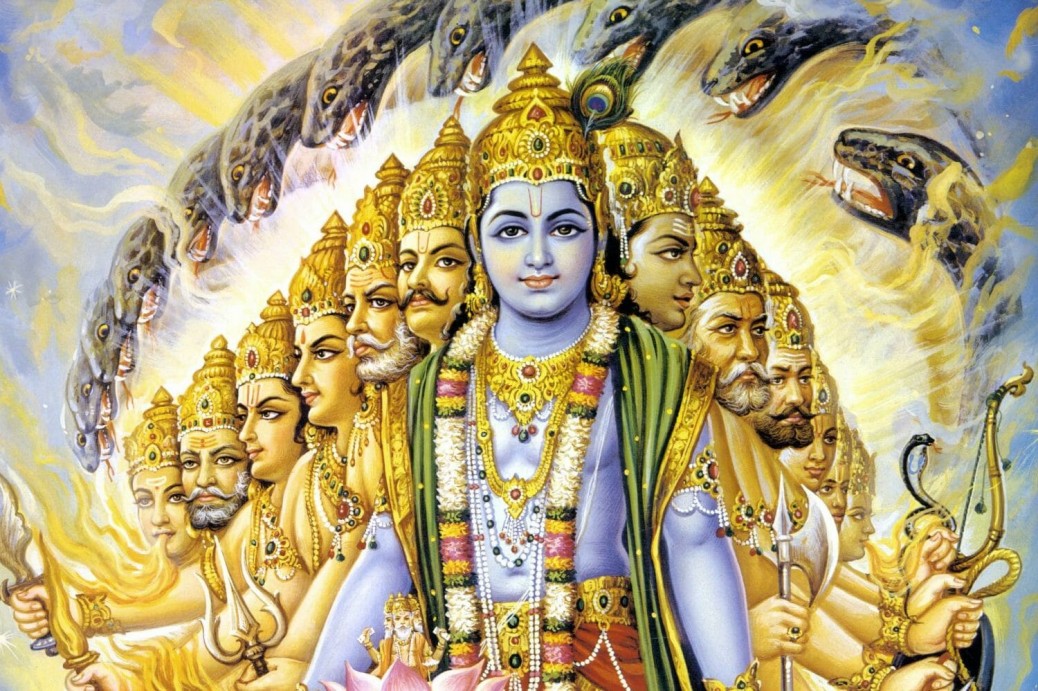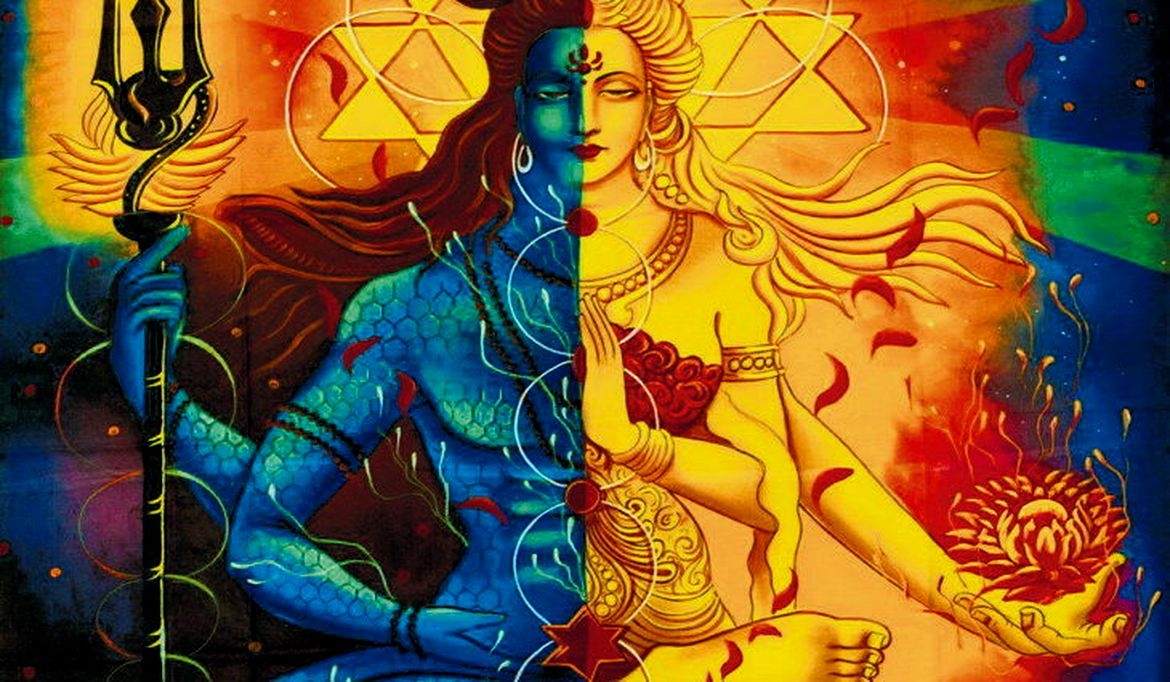Rituals – In Gita Verse 4.25 Some yogīs perfectly worship the demigods by offering different sacrifices to them, and some offer sacrifices in the fire of the Supreme Brahman.
In the Bhagavad Gita, Verse 4.25, we are introduced to the concept of sacrifice in the context of spiritual practice. Some yogis worship the demigods through various sacrifices, while others offer sacrifices to the Supreme Brahman. This verse highlights the diverse paths of devotion and the symbolic nature of rituals in spiritual life.
To fully appreciate the essence of Yagya, or sacrifice, it is essential to delve into its deeper meaning. Religion, by its very nature, is connected to the unseen and the ultimate. Theologian Paul Tillich referred to it as the “ultimate concern,” a pursuit of the highest peaks of human experience, akin to what psychologist Abraham Maslow termed “peak experiences.” These profound experiences often transcend language, requiring metaphors and symbols to convey their essence.
In this symbolic realm, religion becomes both an expression and an obstacle. Symbols, like milestones on a journey, guide those who understand their deeper meaning but can hinder those who cling to them without grasping their true purpose. When one stops at the symbol, it becomes a barrier rather than a guide. The symbol of fire, for instance, is rich with meaning. Fire’s upward-moving flame symbolises the ascent of human consciousness, the purification of impurities, and the ultimate merging with the infinite.
Fire, as a symbol, possesses qualities that resonate deeply with human experience. Its flame, always reaching upwards, mirrors the spiritual aspiration to rise above the mundane. Just as fire purifies gold, so too does the flame of spiritual consciousness purify the soul, burning away impurities and leaving only the purest essence. Moreover, fire’s fleeting visibility, as it vanishes into the ether, reflects the ephemeral nature of human existence and the ultimate union with the divine.
The act of offering sacrifices in a Yagya is laden with symbolism. The fire represents the inner flame of consciousness, and the offerings, whether wheat or ghee, symbolise aspects of the self. Wheat, a seed, signifies the potential of the ego, which, if left unchecked, can grow into a towering tree of self-importance. By offering it to the fire, we symbolically surrender the ego before it takes root, allowing it to be transformed into ashes.
Ghee, on the other hand, represents goodness and auspiciousness. Its addition to the fire intensifies the flames, symbolising the enhancement of spiritual consciousness through virtuous actions. Ghee, like goodness, requires effort and transformation to be produced. It is not a direct product of nature but the result of human endeavour, much like the cultivation of virtue.
The ritual of Yagya, as described by Krishna, is not merely about external offerings but an internal sacrifice of the ego. It is a reminder that true spiritual growth lies in aligning one’s will with the universal will, transcending one’s own desires and ambitions. When life itself becomes a Yagya, every action is an offering to the divine, a surrender of the self to the greater whole.
Krishna’s teachings in the Gita emphasise the importance of transcending the ego to achieve self-realisation. The ultimate sacrifice is the dissolution of the ego, allowing one to act in harmony with the universe. This is not a transaction with the divine but a genuine surrender of self-interest.
The stories of Arjuna and Rama illustrate this principle. Arjuna’s initial reluctance to fight in the Mahabharata war stemmed from his ego-driven perspective. He saw the conflict as sinful, failing to align his will with the universe’s purpose. In contrast, Rama accepted the universal will, aligning his actions with it, even when it meant bowing to his enemy, Ravana, in gratitude.
These narratives underscore the transformative power of aligning personal will with the universal will. When one acts with humility and gratitude, even towards adversaries, the ego is sacrificed, leading to liberation. The true essence of Yagya lies not in the external rituals but in the internal surrender of the ego, allowing one to become a conduit for the divine.
Krishna’s message to Arjuna is clear: sacrifice the ego and act in accordance with the universal will. It is a call to transcend the limitations of self-interest and embrace the infinite possibilities of the divine. In doing so, one becomes a vessel for the universe’s purpose, growing in consciousness and realising the true nature of existence.
Tags: Rituals




